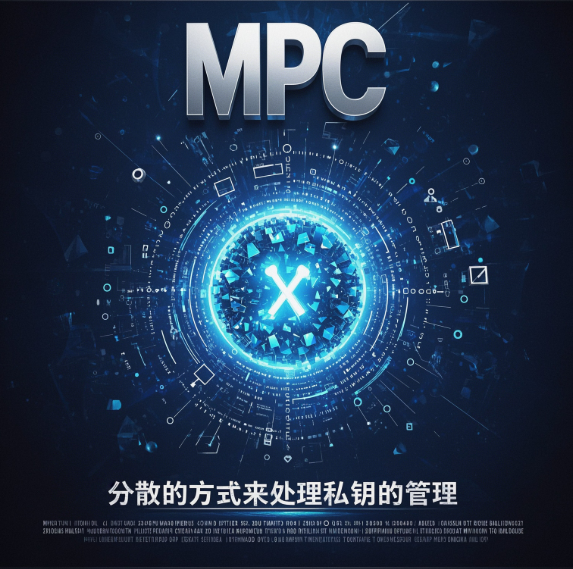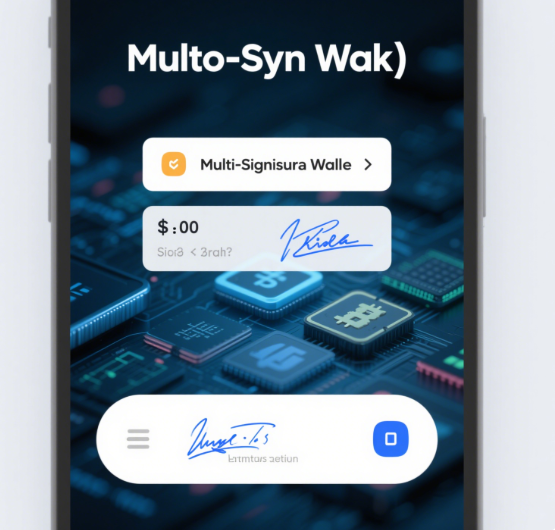In the fast-paced world of Bitcoin, security is always at the forefront of investors' minds. As technology continues to evolve, terms like MPC (Multi-Party Computation) wallets and multi-signature wallets are becoming more common in crypto discussions. Many investors, whether novices or veterans, often find themselves confused between the two: what are the real differences? This article will clarify and help you gain a clear understanding of both MPC and multi-sig wallets, enabling you to make informed decisions about secure solutions for your assets.
The Basics of MPC Wallets
What is an MPC Wallet?
MPC (Multi-Party Computation) wallets manage private keys in a decentralized way. In this model, the private key is not stored in a single form but rather split into multiple “shards” shared among various participants. These shards are distributed across different parties, and only when a transaction needs to be executed do multiple parties work together to compute and generate the final signature.

Why Choose an MPC Wallet?
Data Security: Even if one participant is compromised, the attacker cannot access the complete information of the private key.
No Single Point of Failure: The storage and management of the private key eliminate concentrated risks, thus reducing the chances of malicious attacks.
User-Friendly: Users can focus on the simplicity of wallet operations without getting bogged down in complex private key management.
The Basics of Multi-Sig Wallets
What is a Multi-Sig Wallet?
A multi-signature wallet is another way to protect digital assets, requiring a specified number of signatures before a transaction can be executed. For instance, a 3-of-5 multi-signature wallet indicates that three out of five signatures are needed to process a transaction.
Why Choose a Multi-Sig Wallet?
Increased Security: By requiring multiple keys for signing, it effectively prevents losses due to a single private key being stolen.
Ideal for Team Management: Multi-sig wallets are particularly suitable for companies or groups managing joint funds, ensuring that every transaction has multiple approvals.
Transparency and Shared Responsibility: All parties understand the transaction approval process and responsibilities, although the process might become complex based on the requirements.

Key Differences
1. Management Style
MPC Wallets use distributed computation to collectively generate and use private keys, which do not exist in a file format.
Multi-Sig Wallets operate with centralized public and private keys, emphasizing the need for multiple signatures.
2. Efficiency and Speed
In MPC Wallets, the computation process is distributed; hence, as long as relevant parties are online, transactions can theoretically be processed swiftly.
Multi-Sig Wallets require each participant to sign separately, which may slow down transaction efficiency, especially when participants do not respond simultaneously.
3. Use Cases
MPC Wallets are best suited for users requiring high security and real-time transaction needs, like large institutions and enterprises.
Multi-Sig Wallets are better suited for teams or joint account management that require regulatory and approval mechanisms.

MPC wallets and multi-sig wallets each come with distinct advantages and applicable scenarios. MPC wallets leverage distributed computing technology to enhance security and flexibility, making them ideal for modern digital asset management. Conversely, multi-sig wallets excel in collective decision-making and approval, making them suitable for managing team and project funds. When choosing the right wallet experience, consider various factors such as your specific needs, team structure, and how much you prioritize security.
We hope this article has helped clarify the differences between MPC and multi-sig wallets, allowing you to make the best decision for managing your crypto assets. Choose the safest wallet option for your digital assets today!
















No comments yet